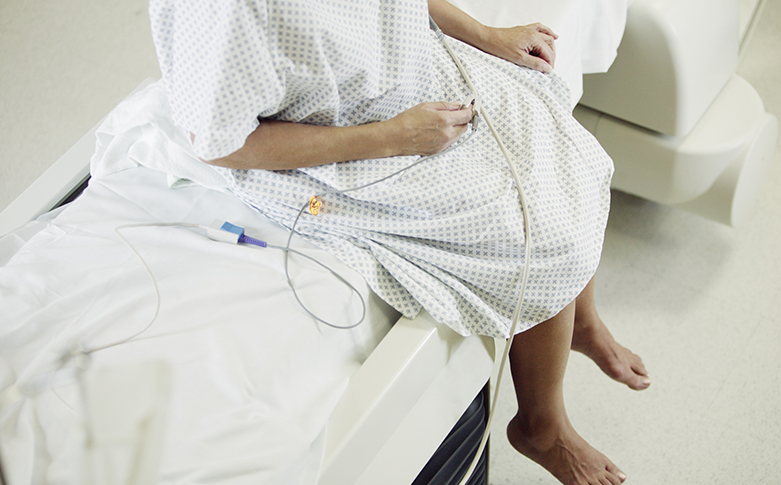For nurses who work in mental health facilities, having to deal with a combative patient could be an everyday event. Learning how to recognize a potentially volatile situation is just one of the many special skills you must learn to develop in order to prevent injury to combative psych patients and to yourself.
You will find that in most facilities, there is a protocol in place for when one of the psychiatric patients begins to exhibit aggressive or combative behaviors. These protocols are unique to each facility, while at the same time adhering to certain standards set forth by mental health experts. Knowing and following these protocols is critical if you wish to remain in control and unharmed during a combative episode.
Is There Strength in Nursing Numbers?
When a patient begins to show violent tendencies, it is natural for your gut reaction to be a call for help. Having multiple nurses may be helpful in certain situations, but evidence suggests that with some patients, this could only aggravate the combativeness. According to evidence gathered in a study – “The Experience of Thought-Disordered Individuals Preceding an Aggressive Incident” – an increase in staff members could prove to be too much stimuli for an already agitated psych patient, causing an escalation in their combative behavior. A perceived sense of losing power could lead to a higher level of anxiety, making it important that you try to first identify the cause of the combative behavior.
The 3 Causes of Combative Psych Patient Behavior
An observational study conducted in the United Kingdom classified three different causes of combative behavior of psychiatric patients housed in medical facilities; the patient, the victim or the environment.
- Patient Risk Factors: A small minority of combative patients account for a disproportionately high number of combative incidents in a clinical setting. Most of the patients involved have been diagnosed as being schizophrenic, with other risk factors including young age, history of substance abuse and an involuntary admission into the psychiatric facility. Review patient histories carefully, and make note of patients that meet these factors so that you can be on the lookout for sudden bursts of aggression.
- Victim Risk Factors: The same study cites difficulty in being able to form any conclusion about victim causes of combative behavior by psych patients. It is noted that nurses are the most likely to be targeted, and that trying to physically restrain an agitated patient is often the cause of a personal attack. Having a lack of respect towards the patients and an authoritarian demeanor could also place you at higher risk for causing patient outbursts.
- Environmental Risk Factors: Not surprisingly, the environment in which psych patients are confined makes a big contribution to the risk of violence. Those facilities who employ trained nurses and other staff members in proper ratio to patients should see a decrease in combative behavior. Not having any type of structured activities, a lack of privacy and a high turnover of nursing staff is also a contributing factor.
Non-Restraining Methods of Dealing With a Combative Psych Patient
The use of restraints to subdue an aggressive psych patient has fallen out of favor over the last 2 decades. Instead, nurses are encouraged to try more calming approaches:
- De-escalation – This technique requires a nurse to “talk” the patient out of their combative state. Your communication skills must be exemplary in order to be successful, as well as self-knowledge of the non-verbal cues you may be exhibiting. Reading their behavior and having an understanding of their mental illness will also be helpful in de-escalation.
- Time Out – Suggesting a time out to a combative psych patient is a way of removing them from an over stimulating environment, while still allowing them to feel a sense of control over the situation. This does not necessarily mean seclusion or isolation, but rather a voluntary move to a different room or area. Some psychiatric experts refer to this as a geographical restraint, where a patient is simply put into an environment where they can be managed without fear of harm others or themselves.
- Medication – Offering calming medications can work in situations where the aggressor is aware that their behavior is non-productive or dangerous. This suggestion can be used as a part of observation and support, usually once the patient has already begun to de-escalate.
When there is a concern for the safety of other patients, the combative patient, yourself or staff members, physical or chemical restraint may be the only option with a combative psych patient. Remember always to follow protocol in these situations, having at least one person in charge of ensuring that the patient’s airways are never being compromised.
Mental health facilities thrive when there is a long term nursing staff that takes a vested interest in the well-being and health of their patients. If this is a specialty you are considering, or if you are already working in this type of setting, know that the more you know about each patient in your care, the better you will be at handling a combative episode.

















